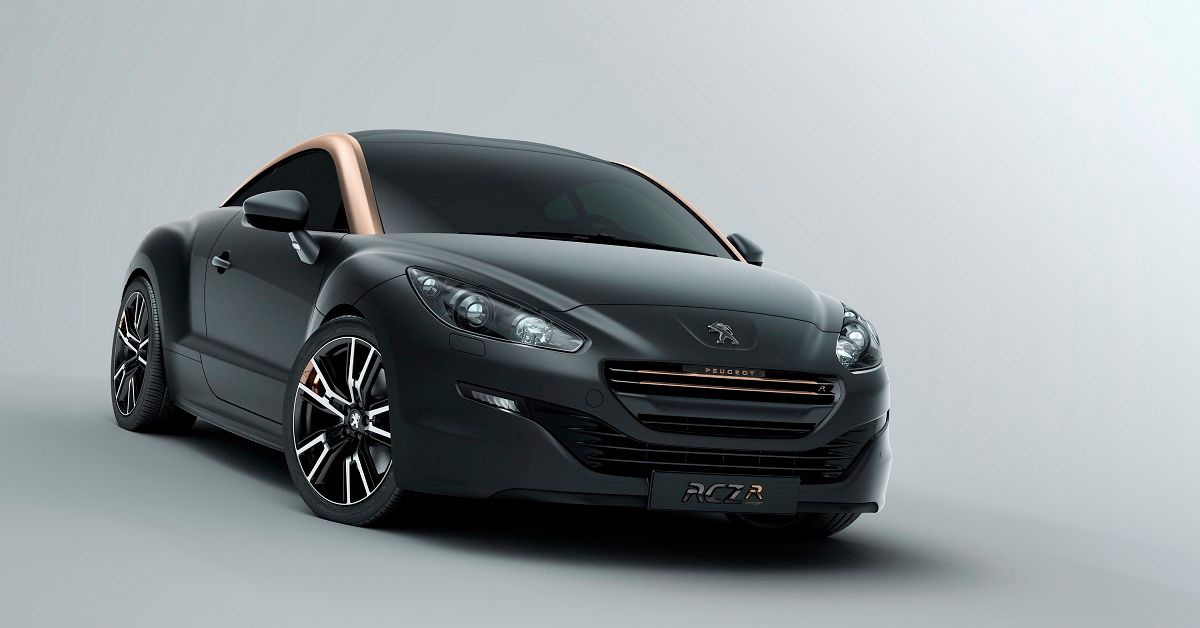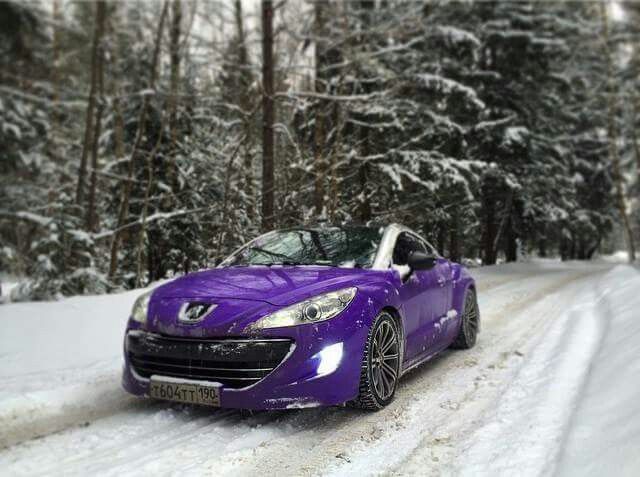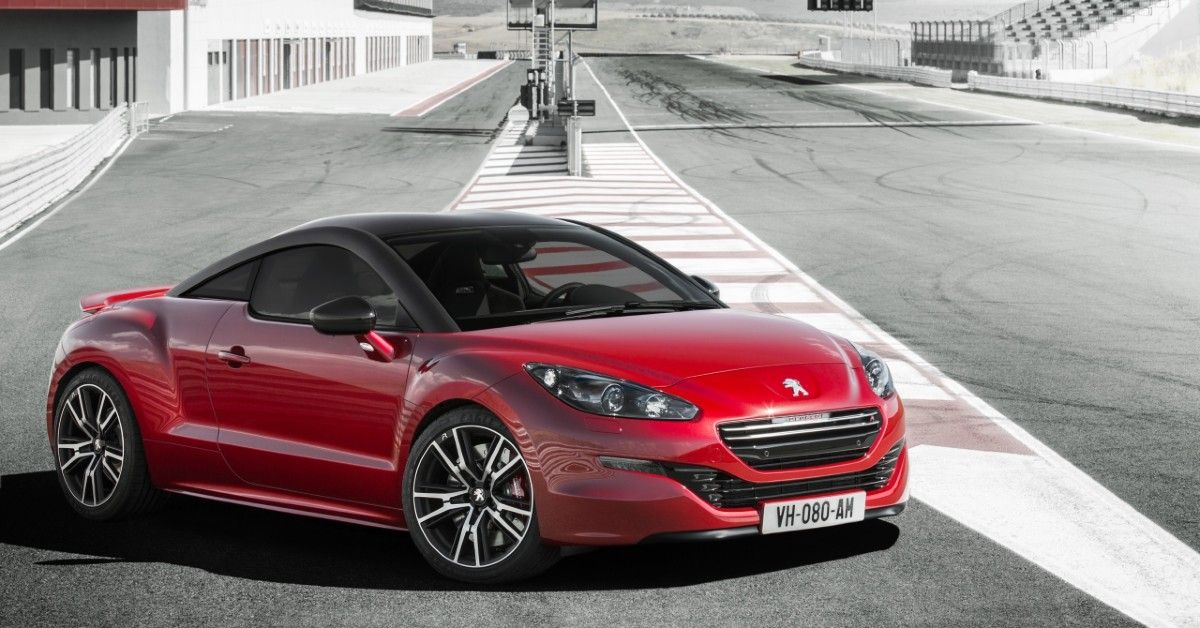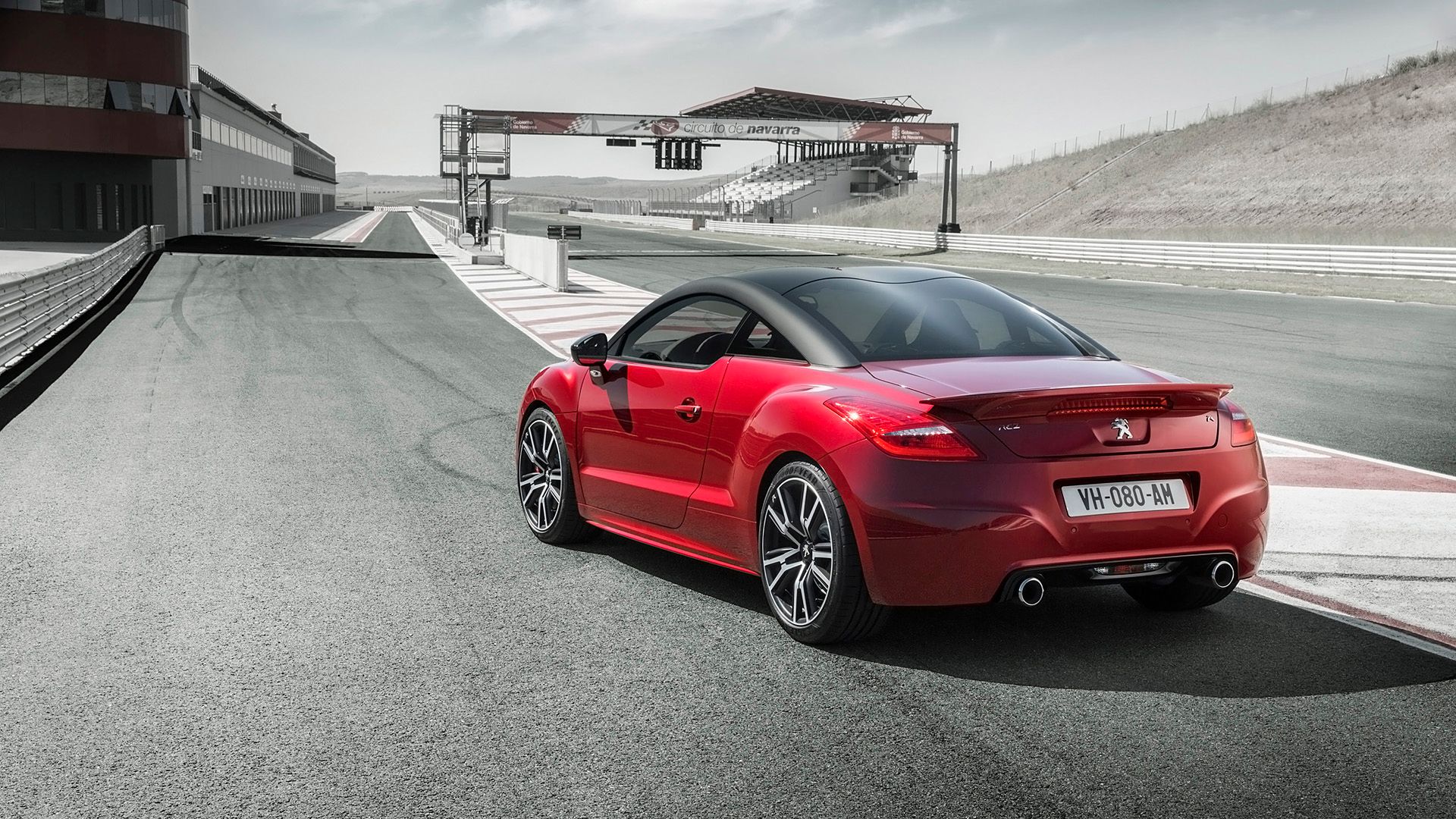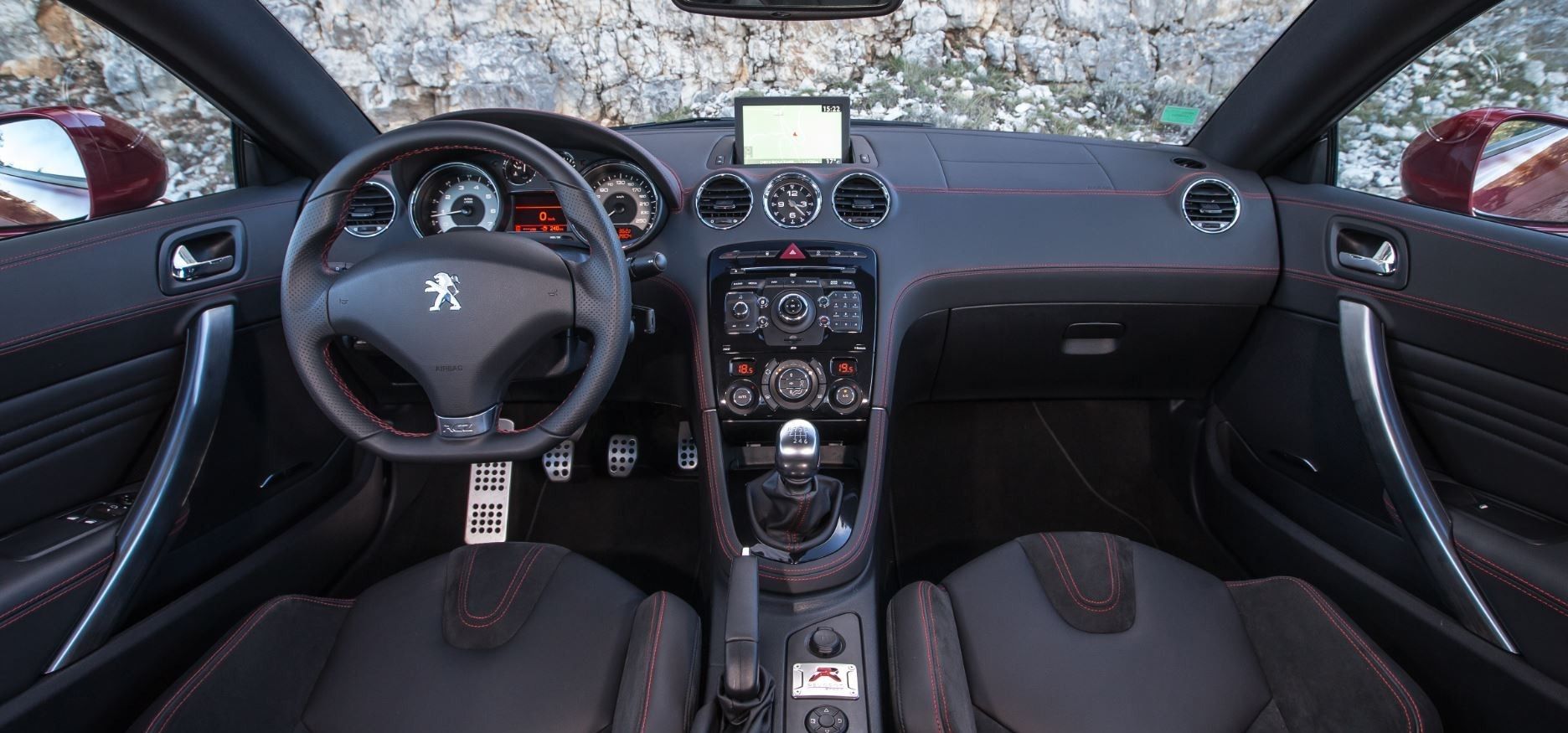You could say that we all like to follow the crowd when it suits us; from social media to politics to the clothes we wear, the phones we buy, or the motors we drive. But then again, we also all like to show our uniqueness and prove to the world that there is no one else with our specific combination of traits, qualities, and style.
What kind of sports car can you drive to show your individualism and creativity, while at the same time proving that you are an approachable, down-to-earth type who pulls crowds at the eco-coffee shop and gets asked to babysit peoples’ children more than anyone else?
Well, the Peugeot RCZ-R is not a jack of all trades, rather it will satisfy the person who wants a quirky and fun sports car and is basically unbothered by how they are perceived by their choice of wheels.
We’re talking about one of the French company’s first real sports cars in years, with warmed-over hatches dominating the post-205 GTi, 306 GTi-6, and 106 Rallye period. Rather than a sports car, this could be a focused junior-GT that can be used every day. It isn’t short on rivals, however.
Purple Rain
Supposedly meant to describe a deep longing or desire that will never be meant, Purple Rain was a song by the artist known as Prince, well sometimes.
Presumably, Peugeot was aiming for a car that would satisfy your desires and longing with certainty, however, with the Prince engine taking pride of place upfront in the car with its turbocharged 4-cylinder engine sporting 2 different outputs, 156, 197, or diesel power with 163hp.
For the petrol cars – 0-60mph could be achieved in 7.5 or 8 seconds and a 133-147mph maximum was possible.
The Prince engine was prefixed with a PSA (Peugeot Citroen) or N13 for the BMW versions, see, as it was developed by all three car manufacturers. BMW would use this 1.6-liter engine in the 1-series and PSA would use it in many cars, ubiquitous as the turbo-charged downsizing phenomenon had become.
This RCZ model would come as a surprise to all, arriving in its first form around 2009 and lasting a good 6 years in total. It would follow on from a concept car which not surprisingly received positive press and reactions from people yearning for excitement in an age of limited choice and soft-and-safe family cars.
The Double Bubble Look
Our RCZ comes equipped with generous equipment even in Sport trim, with an active rear spoiler like on a McLaren and 18-inch wheels, sports seats, and various other toys in the cabin to keep you entertained. GT trim added heated seats, leather everywhere about the interior, and automatic lights and wipers too, so it was more loaded than spartan.
From the outside, this car looks sleek and elegant, looks potentially heavily inspired by Audi’s TT, and is similar in size and feel to a VW Scirocco too. Double-bubble roof is the highlight here, combining with nice wheel arches and double-exit exhaust, the only thing spoiling this first pre-facelift car is the corporate grill and face which suited the company’s everyday cute and soft hatchbacks but didn’t really suit the rest of the sharp lines and purpose of the car. This was improved a little with the arrival of its new brother.
R Is For Racing, And Really Good
This new version, the RCZ-R touched down on solid soil in 2014, around the final year of production, and was an example of how Peugeot Sport could take the standard RCZ which was great but a little rough around the edges, a little lazy, and give it a shot in the arm.
A Torsen differential was set at the front wheels to help them with the enormous job of steering and traction while absorbing a cool 270hp from the uprated turbocharged 1.6-liter Prince engine. This high-output-per-liter of engine capacity was a record-beater and 7 years on is still more than respectable.
If there was a model to have, it was this one, taking the car from fashionable junior coupe to entry-level sports GT. The face received a refresh looking fussier but much less cutesy and bloated than the original one.
Just a few hundred went to the UK for example, so it was a rarity, and not many remain after its brief stint on Earth so it could be described more as a unicorn than a mass-produced sports car now. Contemporary reviews gave either version plaudits but more so in the sporty ‘R’ version; it was capable and fun and finally had the power it deserved frankly.
Stiff Competition And A Stiffer Market
So, with a sub-6-second 0-60 time and 155mph ceiling, the RCZ-R was everything you wanted it to be in a straight line and in the corners, it was strong, dynamic, and on a par with the very best front-wheel drivers out there.
Its closest competition would be the Audi TT, with the VW Scirocco and BMW 2-Series proving close competitors but in the cold light of day, the plusher interiors and premium badges of these cars plus the option of rear or 4-wheel drive offset the appeal of the RCZ generally. As we all know, badges can account for an awful lot when it comes to car choice in the real world just as much as it does in phones and shoes.
Perhaps it could also be compared favorably even to the Nissan 350z, a car with a similar remit, not much more power, and similar levels of refinement and quality to the Peugeot. The difference here would be the large non-turbo 3.5-liter 6-cylinder engine and rear-wheel drive, but on a track and in a straight line you might find it less of an easy choice to make. Unless you look at the badge.

